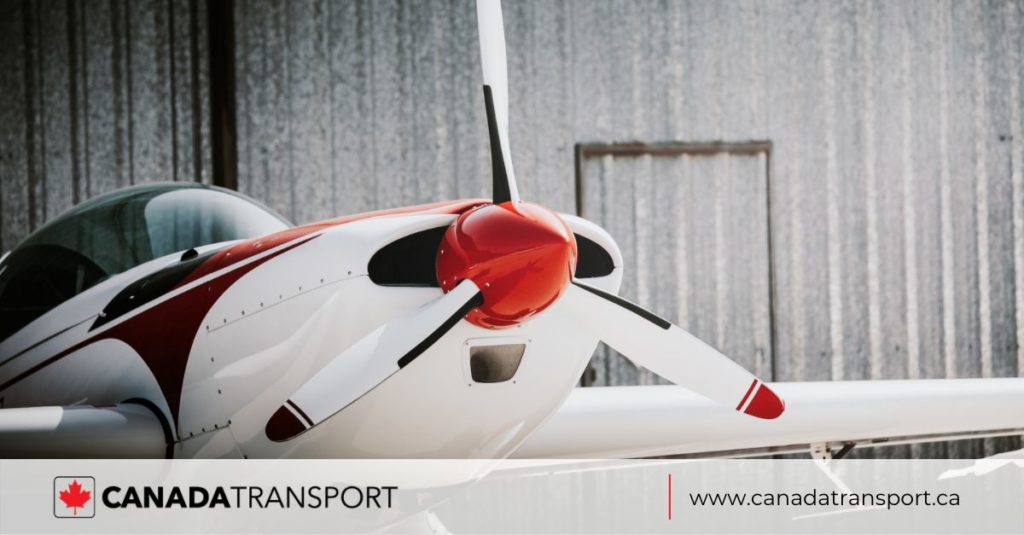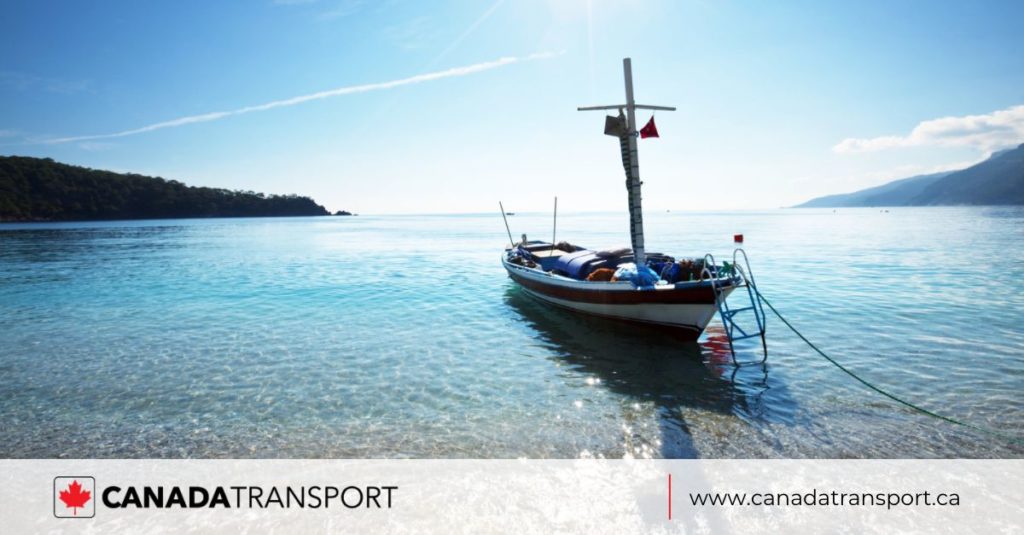Canada Transport

We want to help you with any documents that you may need to know with your aircraft or Marine vessel.

Information on the different types of applications that are involved in owning a vessel.
Information on the different types of applications that are involved in owning an aircraft.
Keeping up to date with the new laws and any changes that you may need to know.


American Bureau of Shipping (ABS): A United States organization that provides ships with a certification of compliance with standard rules of construction and maintenance.
Anchorage: The act of anchoring a vessel or its state of being anchored. Also, the portion of a harbor or area outside a harbor suitable for anchoring or in which ships are permitted to anchor.
Apron: The area in front or behind a wharf shed on which cargo is lifted. Cargo is unloaded from or loaded onto a ship on the “front apron” and then moved over the “rear apron into our out of railroad cars.
Backhaul: The return trip of a vehicle, as a vessel, transporting cargo or freight, especially when carrying goods back over all or part of the same route.
Barge: A capacious, flat-bottomed vessel, usually intended to be pushed or towed, for transporting freight or passengers. A single, standard barge can hold 1,500 tons of cargo or as much as either 15 railroad cars or 60 trucks can carry. A barge is 200 feet long, 35 feet wide and has a draft of 9 feet. Barges carry dry and liquid bulk.
Berth: The space allotted to a vessel at anchor or at a wharf. Also, the action of bringing to or installing in a berth, anchorage, or moorage.
Bill of lading: A detailed list of a shipment of goods in the form of a receipt given by the carrier to the person consigning the goods.
Bollard: A thick, low post, usually of iron or steel, mounted on a wharf or the like, to which mooring lines from vessels are attached.
Bonded warehouse: a building or other secured area in which dutiable goods may be stored, manipulated, or undergo manufacturing operations without payment of duty. It may be managed by the state or by a private enterprise.
Box: A casual name for a container.
Breakbulk cargo: Non-containerized general goods that must be loaded individually, and not in intermodal containers nor in bulk as with oil or grain. Some examples include steel, iron, machinery, wood pulp, or liner board.
Bulk cargo: Goods that are shipped loosely and unpackaged as opposed to being shipped in packages or containers. An item may be classified as bulk cargo if it is not containerized and easily secured on a vessel. Some examples include oil, grain, or coal.
Bulkhead: Any of various wall-like constructions inside a vessel, as for forming watertight compartments, subdividing space, or strengthening the structure.
Buoys: A distinctively shaped and marked float, sometimes carrying a signal or signals, anchored to mark a channel, anchorage, navigational hazard, etc., or to provide a mooring place away from the shore.
Cabotage: Trade along the coast. The United States and some other countries require such trade to be carried on domestic ships only.
Capacity: A vessel’s available space for or its ability to handle freight.
Captive cargo port: When most of a port’s inbound cargoes are being shipped short distances and most of its export products come from nearby areas, the port is called a captive cargo port (as opposed to a transit port).
Cargo: The lading or freight of a ship or vessel.
Carrier: An individual or company, such as a steamship line, engaged in transporting passengers or goods for profit.
Cartage: Originally the process of transporting by cart. Today, the term is used for transportation fees.
Chandlers: A dealer at sea that supplies ships with supplies, provisions, groceries, and similar needs. The name originally refers to someone who makes or sells candles, and it began to apply to ship suppliers for they would sell candles to the passing vessels when these were still a necessity.